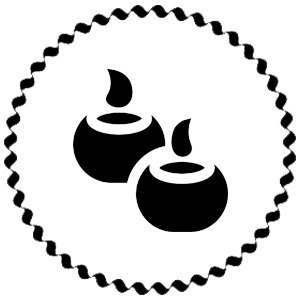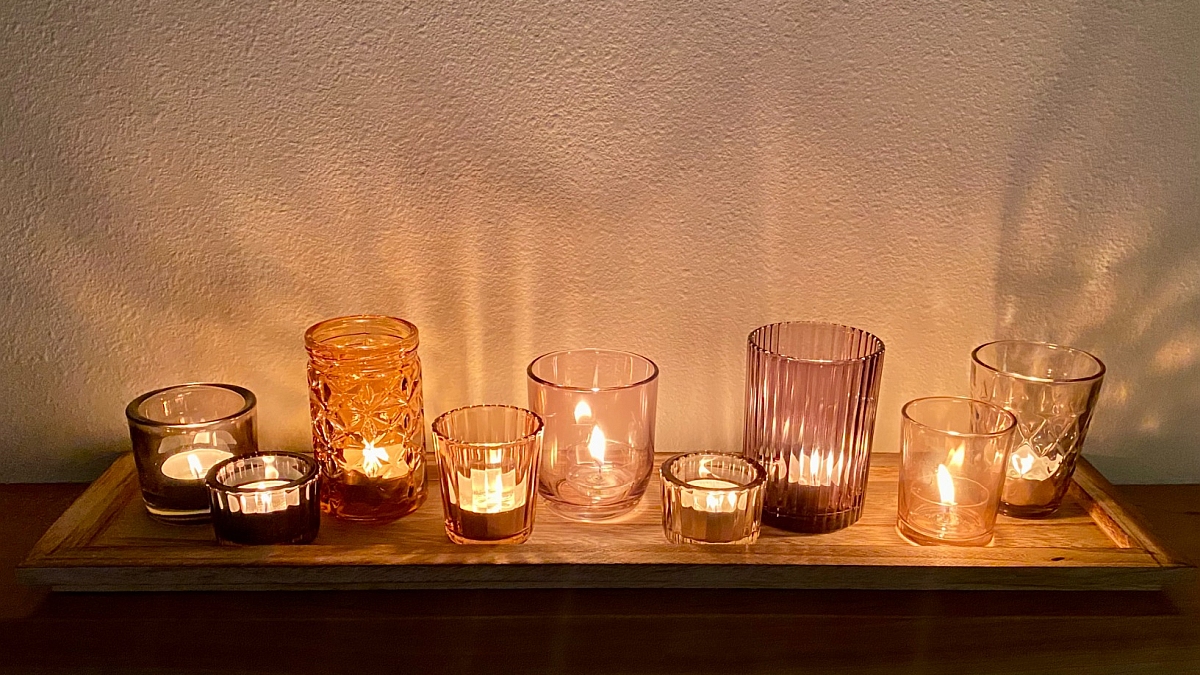In all cultures and religions, votive candles hold a special place in funeral rituals. Its soft, flickering light illuminates the path of the deceased toward eternal peace, and its meaning transcends time and cultural boundaries.
Table of Contents
Origins and Background
Votive candles have a long history dating back to ancient civilizations such as the Romans, Etruscans, Egyptians and Greeks. Since time immemorial, humanity has used the light of fire as a symbol of life, hope and protection against darkness and evil.
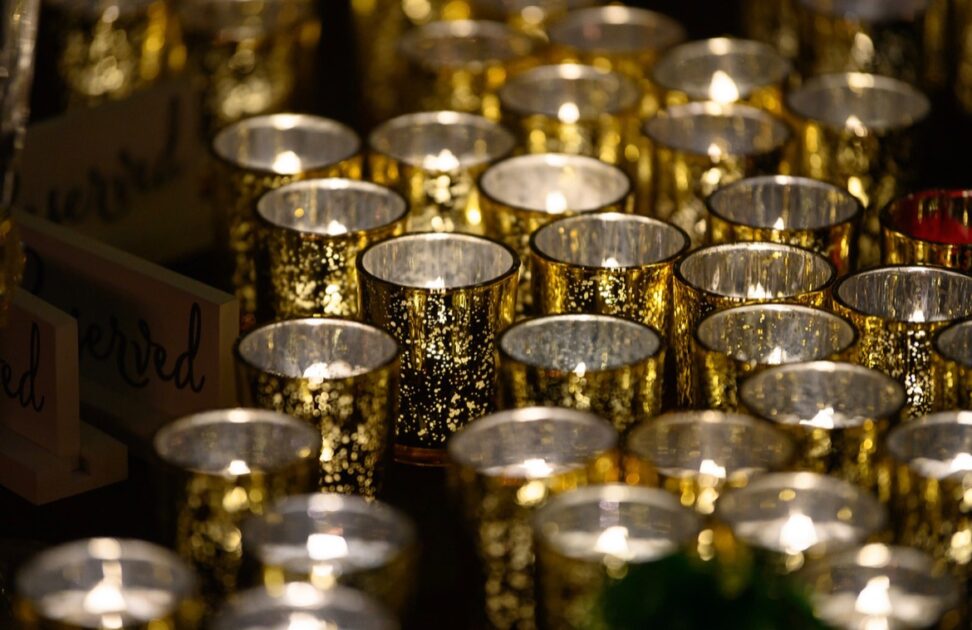
Symbolic Meaning
Candlelight represents hope and spiritual guidance on the soul’s journey to the afterlife. By lighting a votive candle, a beacon of light is created that drives away the darkness and guides the spirit of the deceased in its transition to the afterlife.
Principal functions
Votive candles serve two main functions in funeral rituals: protection and guidance. They act as guardians that drive away dark forces and as beacons that show the way to the celestial kingdom.
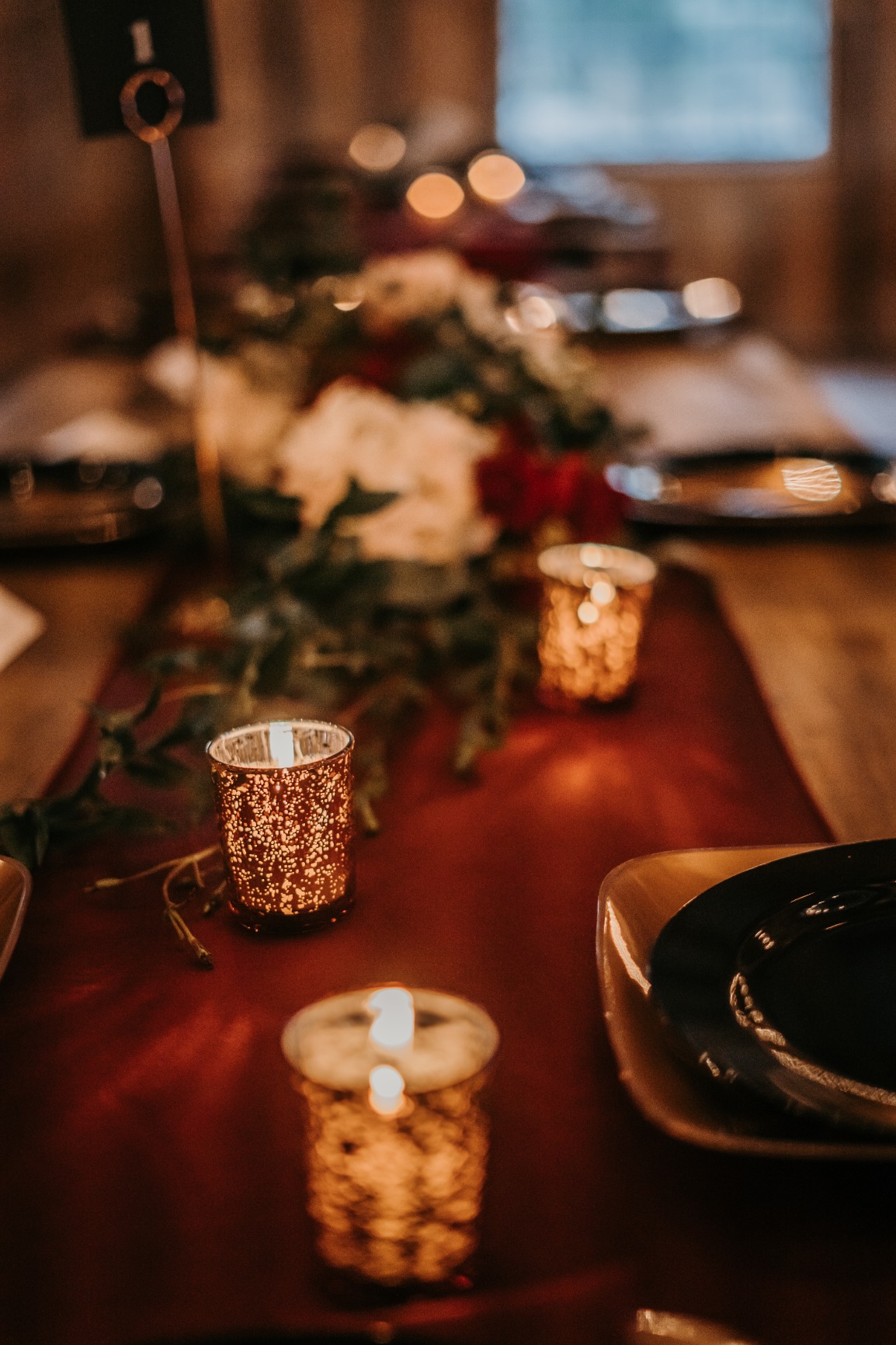
Current Practice
Today, the tradition of lighting votive candles on graves continues in many cultures. In modern funeral ceremonies, candles are an essential element that symbolizes love and respect for the deceased.
Cultural and Religious Impact
The use of votive candles varies depending on the religious beliefs and cultural traditions of each community. However, its meaning as a symbol of mourning and remembrance endures throughout the world.
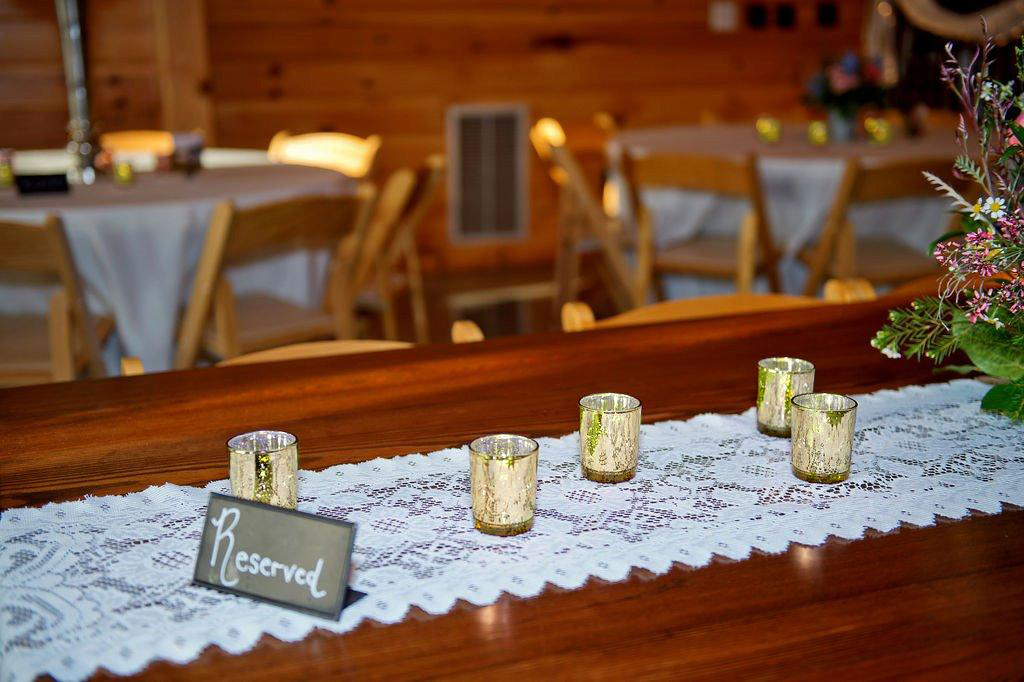
Final reflection
Lighting a votive candle is more than just a ritual gesture; It is a way to keep alive the memory of those who have passed away. Each flame that burns is a reminder of the life that is extinguished, but also of the eternal light that shines in the hearts of those who loved them.
Decoration Ideas
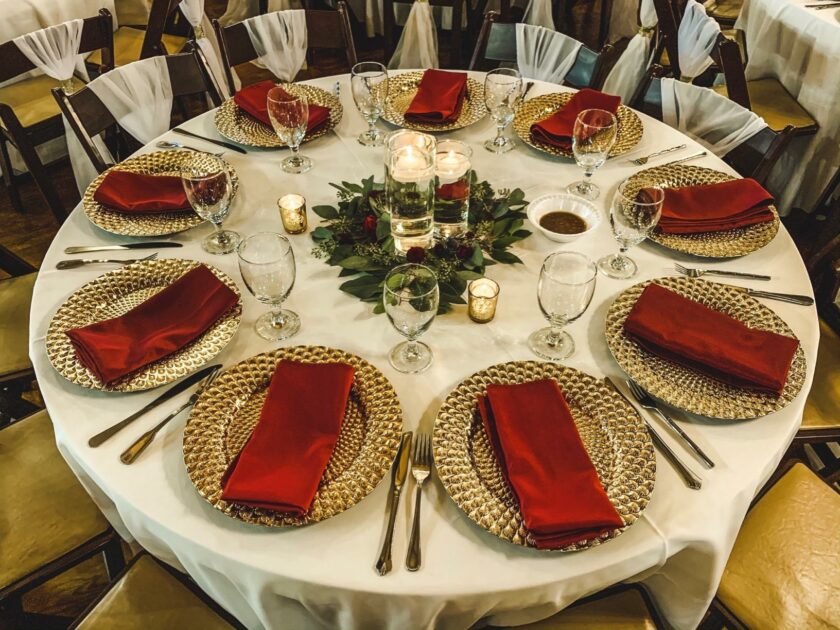
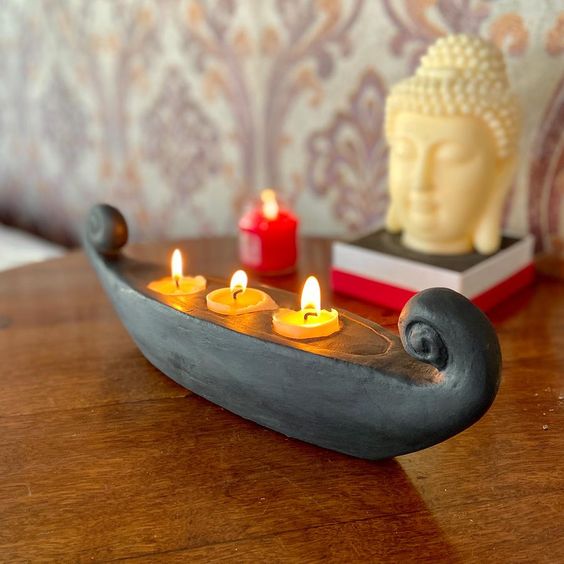
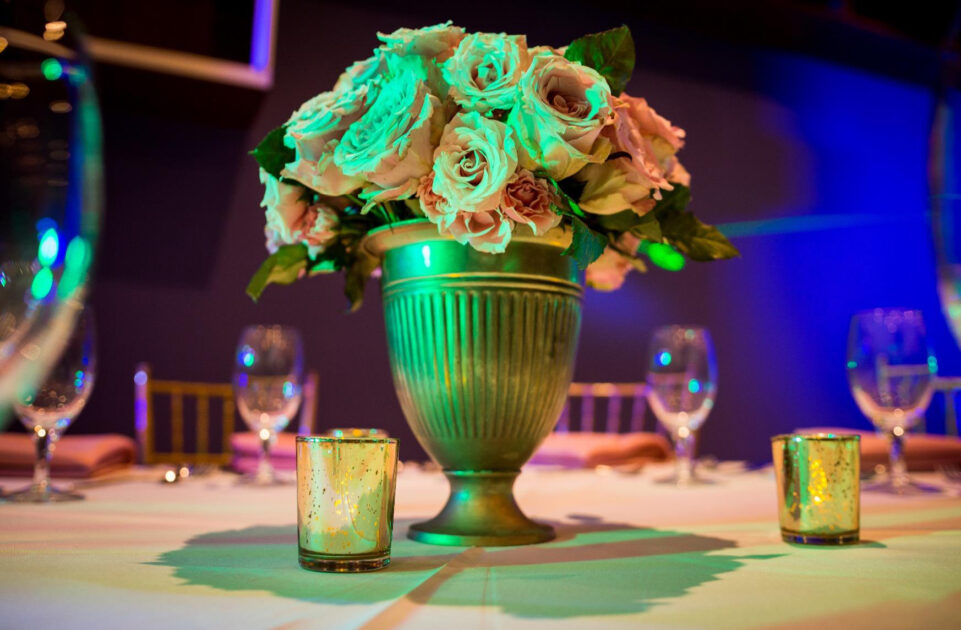
Conclusion
Votive candles are silent witnesses of our connection to the afterlife. In its flickering light we find comfort and hope, reminding us that love transcends life and death.
